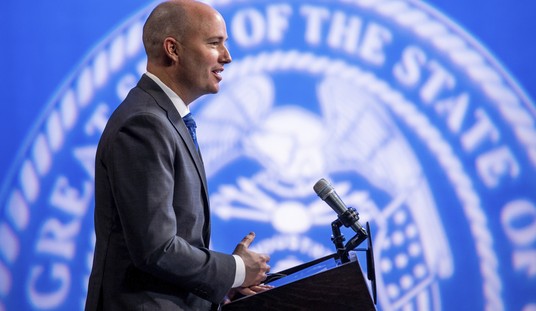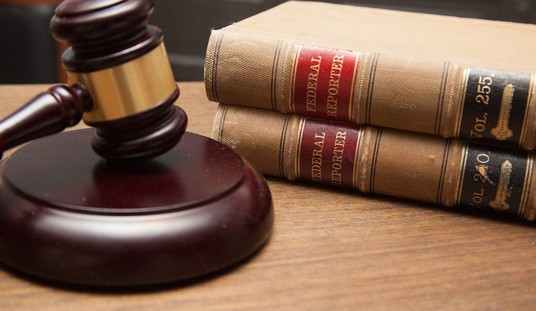This Week in American Military History:
Jan. 9, 1861: Confederate coastal-artillery batteries – including a four-gun battery manned by cadets under the command of Maj. Peter F. Stevens of the Citadel (the Military College of South Carolina) – open fire on the U.S. commercial paddlesteamer “Star of the West” in Charleston harbor. The shots – the first of the American Civil War – repel the Star, forcing the ship to abort its mission of resupplying the besieged U.S. Army garrison at Fort Sumter.
The crew aboard the Star report seeing “a red Palmetto flag” flying above the cadet battery.
That flag – a red version of the blue South Carolina flag – flies today over the parade ground at the Citadel.
Jan. 12, 1945: Warplanes from the U.S. Navy’s carrier Task Force 38 under the command of Vice Adm. John Sidney McCain Sr. (father of Adm. John S. McCain Jr. and grandfather of Sen. John S. McCain III), attack enemy convoys and bases along the coast of Japanese-held French Indochina (Vietnam) in the Battle of the South China Sea.
Codenamed “Operation Gratitude,” the attacks are wildly successful. Despite rough seas and high winds from a dangerously close typhoon, Japanese bases at Saigon, Cape Saint Jacques (Vung Tau), Cam Ranh Bay, Qui Nhon, and Tourane Bay (Da Nang) are hit hard, resulting in the destruction of docks, barracks, weapons depots, hangars, and scores of Japanese seaplanes and other aircraft, as well as the sinking of more than 40 enemy ships.
Adm. McCain – who Adm. William “Bull” Halsey refers to as “”not much more than my right arm” – dies of a heart attack on Sept. 6, 1945, four days after witnessing the Japanese surrender ceremony aboard USS Missouri. He is posthumously awarded a fourth star.
Jan 13, 1865: U.S. soldiers, sailors, and Marines under the joint command of Maj. Gen. Alfred Howe Terry and Rear Adm. David Dixon Porter begin landing operations – in what will prove to be the largest American amphibious operation until World War II – aimed at seizing Fort Fisher, N.C., a Confederate stronghold near the port city of Wilmington.
The fort – commanded by Confederate Gen. Braxton Bragg (yes, Fort Bragg, N.C. is named in his honor) – will fall to Union forces within two days.
Jan. 14, 1784: The U.S. Congress, temporarily meeting in Annapolis, Maryland, ratifies the Treaty of Paris, officially ending America’s War of Independence.








Join the conversation as a VIP Member